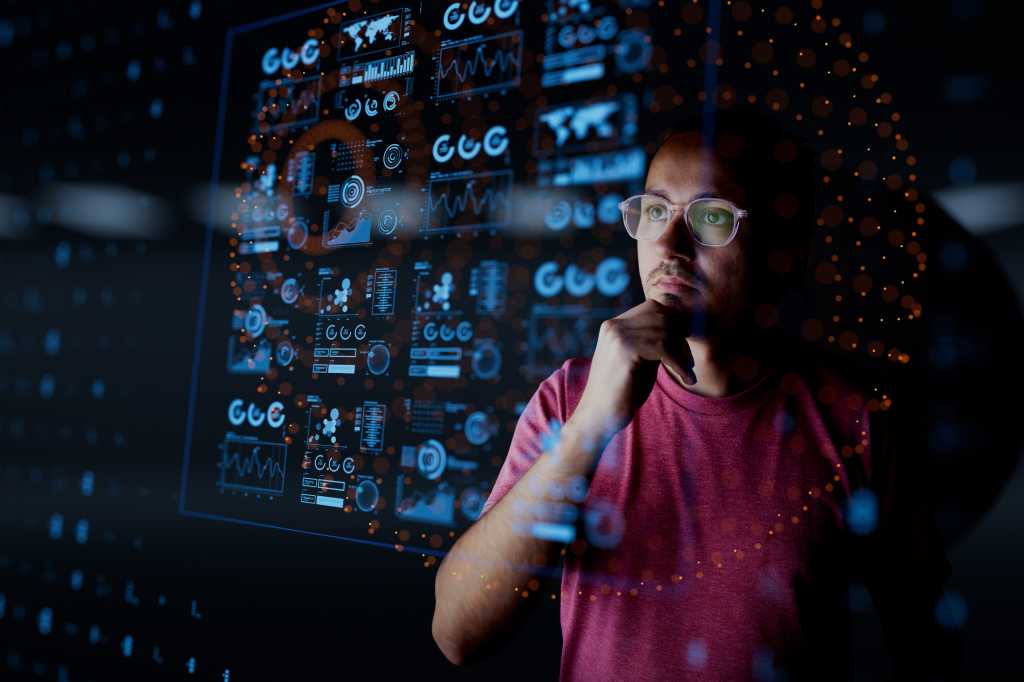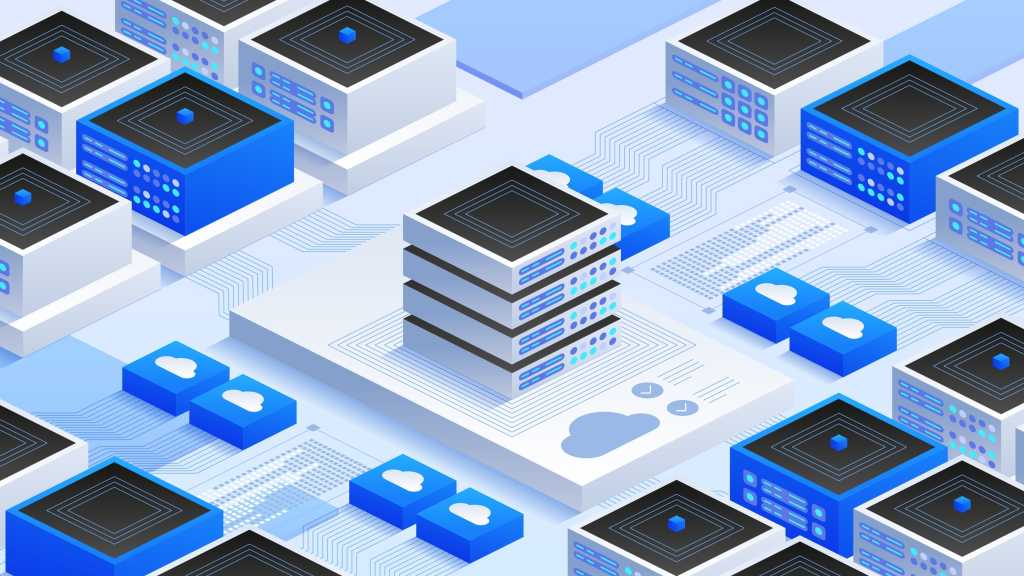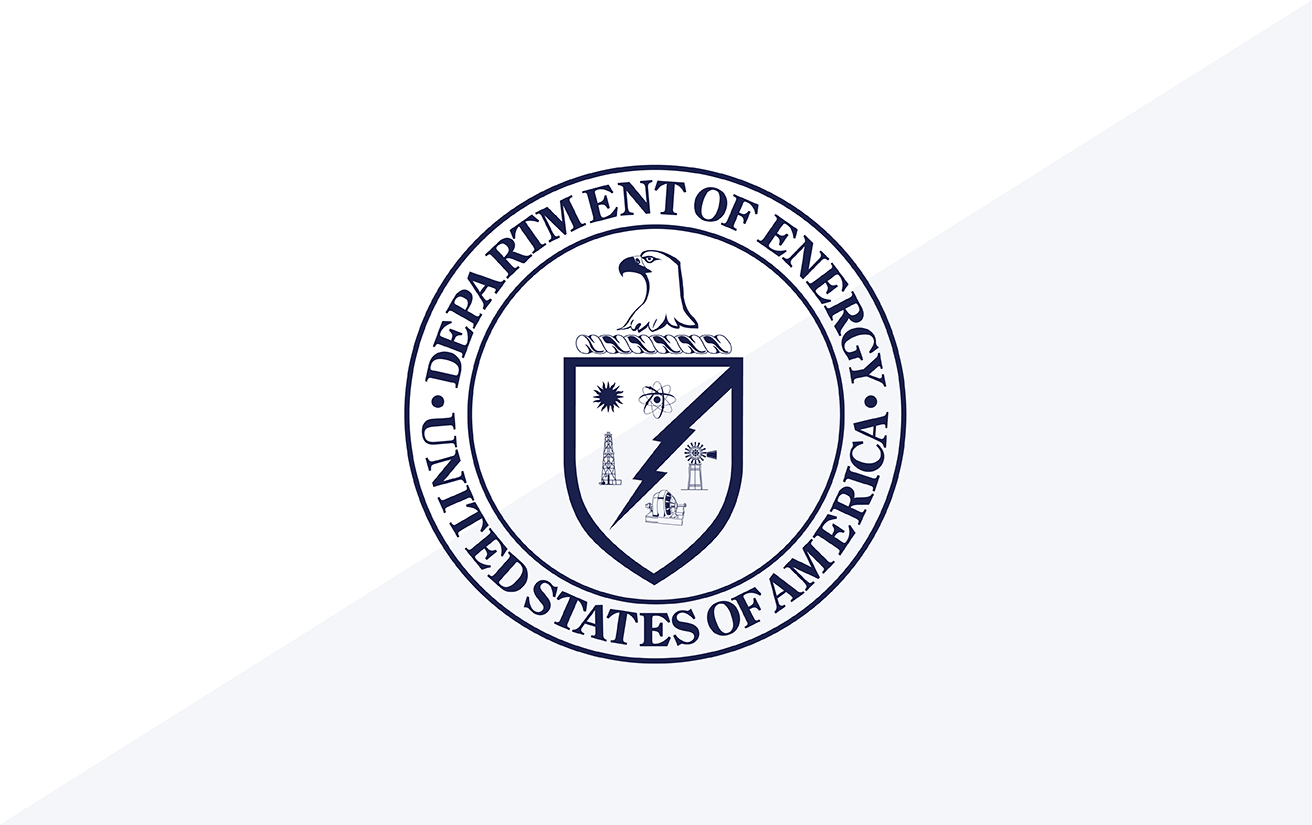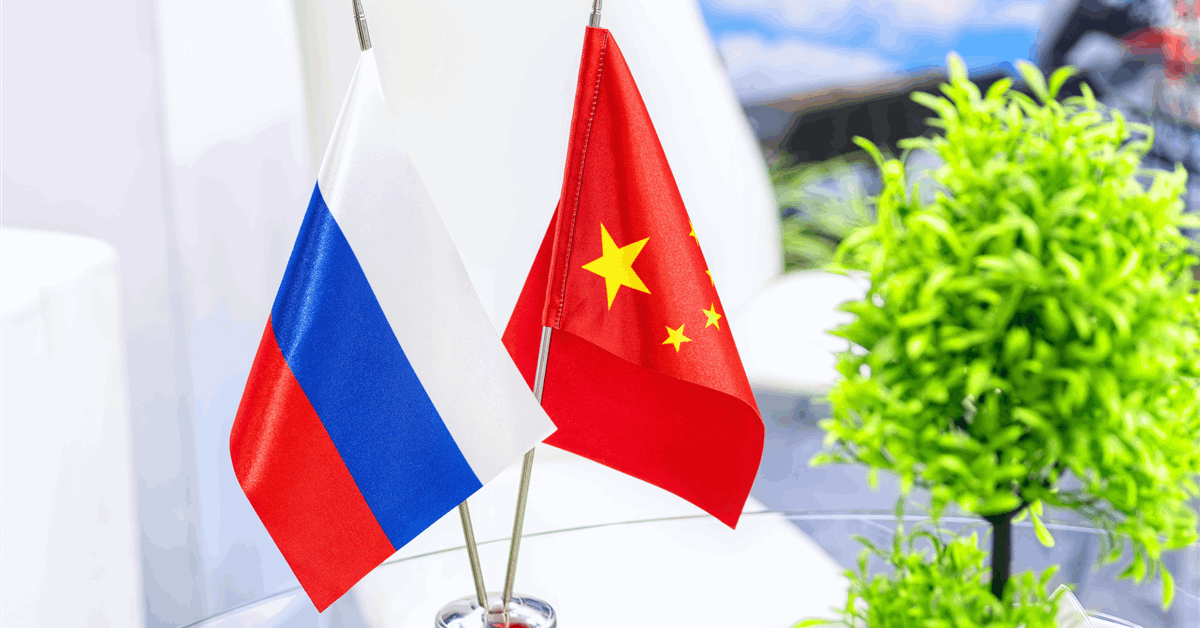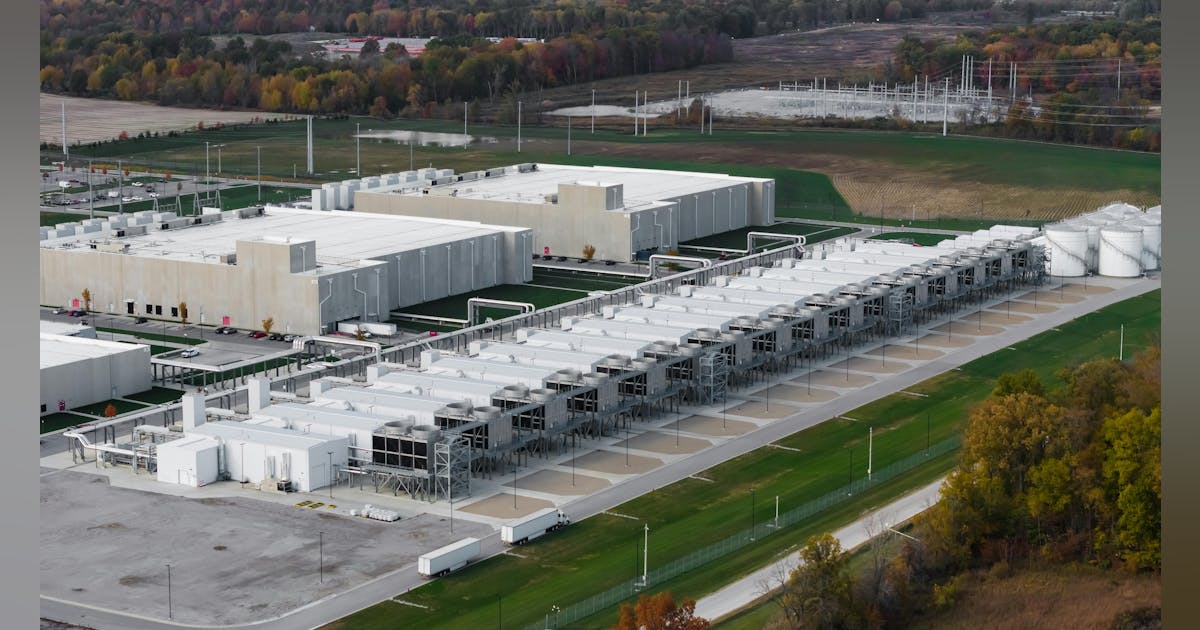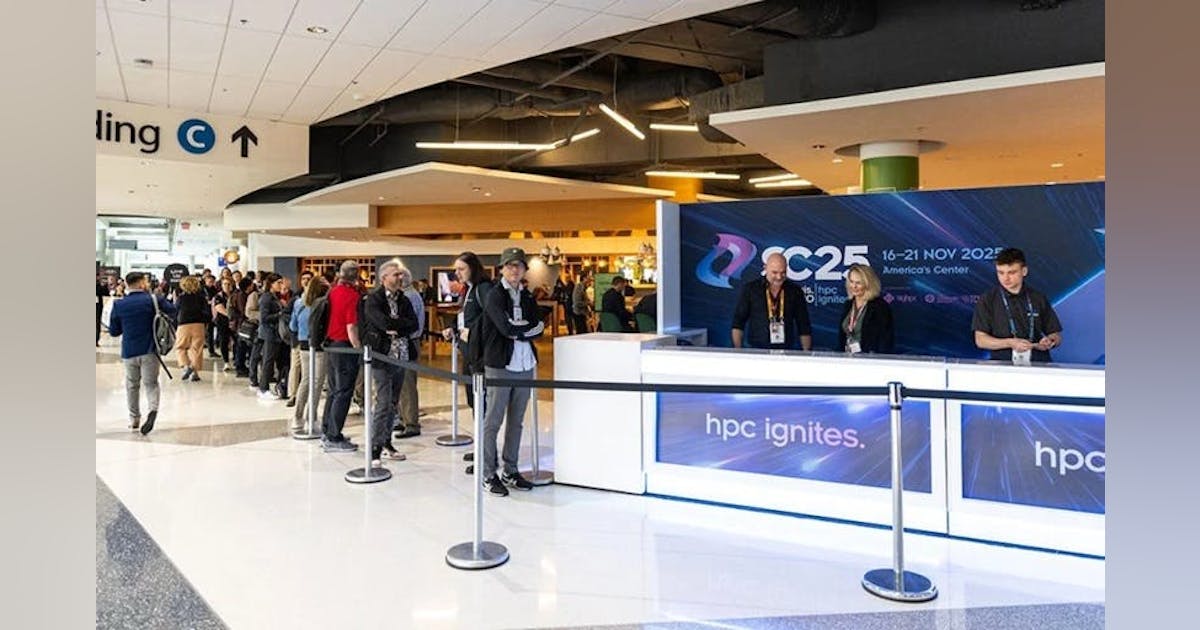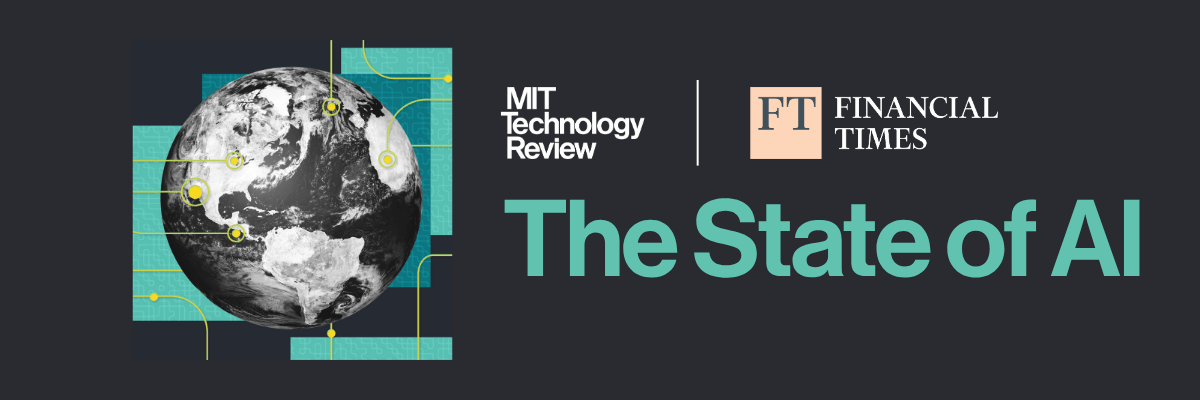This is today’s edition of The Download, our weekday newsletter that provides a daily dose of what’s going on in the world of technology.
How the US is preparing for a potential bird flu pandemic
This week marks a strange anniversary—it’s five years since most of us first heard about a virus causing a mysterious “pneumonia.” A virus that we later learned could cause a disease called covid-19. A virus that swept the globe and has since been reported to have been responsible for over 7 million deaths—and counting.
We are facing the same uncertainty now with bird flu. We know it can cause severe disease in animals, and we know it can pass from animals to people who are in close contact with them. As of this week, we also know that it can cause severe disease in people—a 65-year-old man in Louisiana became the first person in the US to die from an H5N1 infection.
Scientists are increasingly concerned about a potential bird flu pandemic. The question is, given all the enduring uncertainty around the virus, what should we be doing now to prepare? Read the full story.
—Jessica Hamzelou
This story is from The Checkup, our weekly health and biotech newsletter. Sign up to receive it in your inbox every Thursday.
Ask our journalists anything!
Do you have questions about emerging technologies? Well, we’ve got answers. MIT Technology Review’s science and tech journalists are hosting an AMA on Reddit today at 12 pm ET. Submit your questions now!
The must-reads
I’ve combed the internet to find you today’s most fun/important/scary/fascinating stories about technology.
1 Meta’s new speech policies allow the denigration of trans people
The revamped guidelines now permit previously-forbidden insults and allegations. (Platformer $)
+ The changes have left Meta’s employees feeling embarrassed and ashamed. (404 Media)
+ Axed fact-checkers held an emergency meeting after Meta said it no longer required their services. (Insider $)
2 The US Supreme Court will hear TikTok’s final plea
Justices are likely to make their decision before the end of next week. (The Guardian)
+ If the ban is enacted, you can probably still access TikTok via a VPN. (NYT $)
+ ByteDance’s founder could be TikTok’s secret weapon. (The Information $)
3 Those pictures of the Hollywood sign burning are AI-generated
AI slop is making the Los Angeles fires appear even worse than they are. (404 Media)
+ Elon Musk and Donald Trump aren’t helping matters by spreading disinformation. (The Verge)
+ AI cameras are keeping tabs on the spreading destruction in California’s hills. (Insider $)
+ The scale of the destruction is truly horrifying. (NY Mag $)
4 Last year was officially the hottest ever recorded
The average global temperature exceeded 1.5°C above the pre-industrial baseline for the first time. (New Scientist $)
+ Consequently, we’re edging closer to breaching the Paris Agreement. (Politico)
5 How to prevent another zoonotic pandemic
It all hinges on early detection. (FT $)
6 Foxconn has stopped sending Chinese workers to Indian iPhone factories
It’s bad news for Apple, as it’s likely to disrupt production. (Rest of World)
7 This new cell could change plastic surgery as we know it
Lipochondrocytes have the rigidity of cartilage and the squishiness of fat. (Wired $)
+ Cosmetic surgery is booming in middle-income countries. (Economist $)
8 Yandex’s co-founder is shaking off Putin
Arkady Volozh has condemned Russia’s actions in the war with Ukraine, and started a new company. (Bloomberg $)
+ How Russia killed its tech industry. (MIT Technology Review)
9 Grok is a standalone app now
It’s searching for an audience beyond the X faithful. (WSJ $)
+ The company appears to be testing a separate website, too. (TechCrunch)
10 PlayStation is experimenting with adding smells to its games 👃
Smells fishy to me. (Fast Company $)
Quote of the day
“Social media is like building real estate on sand. You never know.”
—Joanne Molinaro, a former lawyer-turned TikTok chef, worries about the precarity of building a career tied to a specific internet platform, she tells CNN.
The big story
AI hype is built on high test scores. Those tests are flawed.
August 2023
In the past few years, multiple researchers claim to have shown that large language models can pass cognitive tests designed for humans, from working through problems step by step, to guessing what other people are thinking.
These kinds of results are feeding a hype machine predicting that these machines will soon come for white-collar jobs. But there’s a problem: There’s little agreement on what those results really mean. Read the full story.
—William Douglas Heaven
We can still have nice things
A place for comfort, fun and distraction to brighten up your day. (Got any ideas? Drop me a line or skeet ’em at me.)
+ The Sun turned blue 200 years ago and no one knew why—until now.
+ There’s nothing better than a surreal TV crossover (Arrested Development + Law & Order: SVU, anyone?)
+ Rye the truffle-hunting golden retriever is a very good boy indeed (thanks Vincent!) 🍄🐕
+ I want to go to every single one of these incredible destinations and eat all their food.

